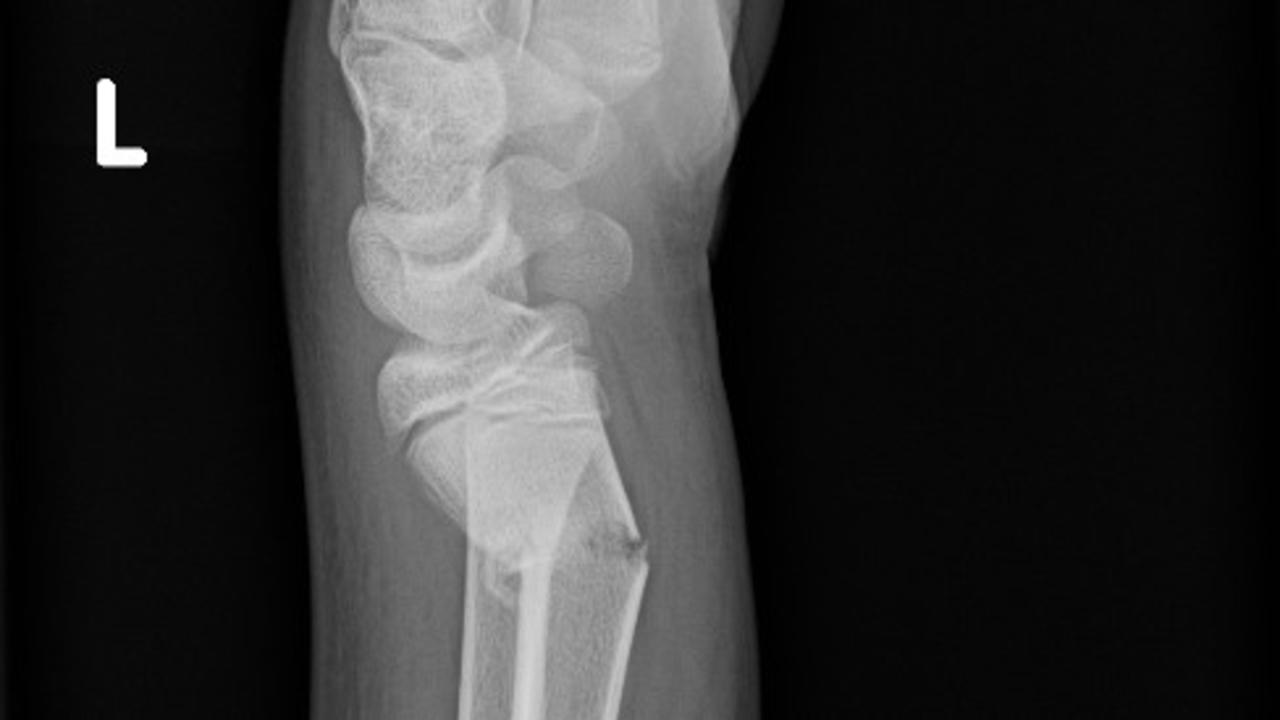
Emergency Room or Urgent Care?
Oct 14, 2019Image this scenario:
Your child is playing in a sporting event on Saturday afternoon. She gets hurts after falling to the ground. She is not able to continue playing and is complaining of pain in the wrist. It's hard for her to make a fist or squeeze anything and the wrist is slightly swollen.
What do you do?
After applying ice and giving her some Motrin or Tylenol, you have to decide what the next step is.
- You can wait it out for a day or two to see if it settles down
- You can go to the closest emergency room to get it x-rayed
- You can go to the urgent care clinic for an evaluation there
There is not right answer to this question and everyone has a different tolerance for pain so you have to make decision based on your individual circumstances and comfort level. But I will give you a quick overview of what you are likely to encounter with each of these options.
Wait and See
Sometimes the expense and hassle of going to the ER or urgent care clinic just doesn't seem worth it. If the pain is not severe and there is no bleeding or obvious deformity, it is reasonable to take a more cautious Wait & See approach. If the hand and fingers more, or if a leg injury is the issue then if the injury does not prevent weight bearing, it is probably okay to see how things go over the next 24 hours.
Ice, anti-inflammatory medication (Advil, Motrin, Ibuprofen, Aleve), and Tylenol are fine to use to reduce the pain. Rest for 24 hours. A splint may provide pain relief and limit unwanted motion at the injury site.
If symptoms aren't improving after a day or two, it is best to get the injury evaluated, either by your primary care doctor, or orthopedic specialist, or an urgent care clinic.
What about going straight to the urgent care clinic?
Urgent care clinics usually have extended hours over a regular physician's office (later into the evening and open on weekends) but they are not usually open 24 hours a day. If they are open, you can usually get seen without an appointment, though it may take an hour or two to be seen if they are busy.
Most urgent care clinics are staffed by a combination of nurse practitioners, physician's assistants, and physicians of a variety of backgrounds. Some docs may be emergency medicine trained, others may be family practice or cardiology. I even know an OB/Gyn that works part-time in an urgent care clinic. They see a wide variety of problems so there is a need for all of these specialists. But that also means you might see someone that is more experienced with musculoskeletal injuries, or someone with little experience.
X-rays are typically done as part of the evaluation and obvious injuries are recognized. A splint or brace is often applied and possibly a prescription for a few days of pain medication may be provided. Follow up care with an orthopedic specialist is recommended if an obvious injury is noted, or if symptoms continue for more than a few days.
When is the ER the right choice?
There are a few services available at the ER that you might need.
- After-hours access - most emergency rooms are open 24 hours a day, 7 days a week so you can be seen anytime. If the urgent care clinic is closed and you don't think waiting is a good idea, the ER may be your only option.
- Urgent treatment - if you are not in a life threatening situation it is unlikely to will be seen immediately when you arrive at the ER. But if there is something that needs urgent medical treatment (broken bone that is crooked, dislocation, open wound requiring stitches) you are more likely to get that treatment in the emergency room. Some urgent care clinics may be able to provide some of these services, but they don't all provide all them all the time.
- A hefty bill - Emergency room care is not cheap. Even if you have health insurance, the co-pay for an ER visit is usually significantly higher than an office visit co-pay or an urgent care clinic co-pay. If you are paying cash, the difference is even more dramatic. I have seen ER bills for thousands of dollars for even a straight-forward problem and simple treatment.
The reality of the situation is this:
- The Emergency Room is only going to provide significant care if there is an urgent problem - dislocated joint, crooked bone, bleeding wound, cut that requires stitches, or intense pain. Most orthopedic injuries are simply x-rayed, splinted, and sent to the orthopedic office the following week. Other than identifying the problem, there is not always a lot of treatment that occurs.
- Most Urgent Care clinics are capable of the initial evaluation and necessary treatment. There is a chance they will miss an subtle injury but that is true of the ER too. They will likely do x-rays, splint the injury, and tell you to follow up with your ortho or primary doc in a few days if it isn't better.
Lorem ipsum dolor sit amet, consectetur adipiscing elit. Cras sed sapien quam. Sed dapibus est id enim facilisis, at posuere turpis adipiscing. Quisque sit amet dui dui.
Stay connected with news and updates!
Join our mailing list to receive the latest news and updates from our team.
Don't worry, your information will not be shared.
We hate SPAM. We will never sell your information, for any reason.


